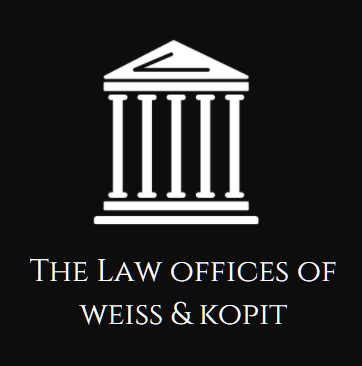
Classifying Tort Law
Apart from legislation granting a right to sue for a specific harm, personal injury law generally consists of tort law and the civil procedure for enforcing it. This article discusses how tort law is classified.
Tort Law Classified by the Tortfeasor’s Mental State
In a sense, torts are certain general standards of civil conduct. As a practical matter, however, torts are nothing more than a collection of theories for suing people for money.
A person who commits a tort is known as a tortfeasor. Torts can be classified into four categories based on the kind of mental state, if any, that is required on the part of the tortfeasor to commit the tort.
The first category of torts is intentional torts. An intentional tort is a tort in which the tortfeasor acts intentionally to cause the victim harm. Examples of intentional torts include assault, battery, false imprisonment, and intentional infliction of emotional distress.
The second category of torts is unintentional torts. This “category” is really one tort, the tort of negligence, in which the tortfeasor acts unintentionally, but nonetheless improperly, to cause the victim harm. Medical malpractice, for example, is the tort of negligence applied to the professional acts of medical doctors, nurses, and other medical professionals. Poor driving causing an automobile accident is another example of the tort of negligence.
The third category of torts is strict liability torts. A strict liability tort is a tort in which the tortfeasor acts to cause the victim of harm, and it is irrelevant whether or not the tortfeasor acted intentionally to cause the victim harm. Examples of strict liability includes the harm caused by wild animals and inherently dangerous products.
The fourth category of torts is torts that may be committed either intentionally or unintentionally. These are torts in which the tortfeasor acts either intentionally or unintentionally, but nonetheless improperly, to cause the victim harm. Examples of torts that may be committed either intentionally or unintentionally include defamation and invasion of privacy.
Malfeasance, Misfeasance, and Nonfeasance
Torts may also be classified by the nature of the tortfeasor’s act.
Malfeasance is an act that is illegal or wrong. Misfeasance is a legal act done in a wrongful manner. Nonfeasance is not acting when one is required to act.

